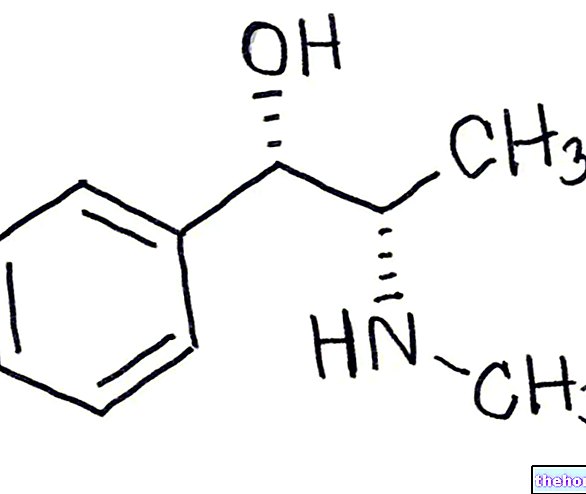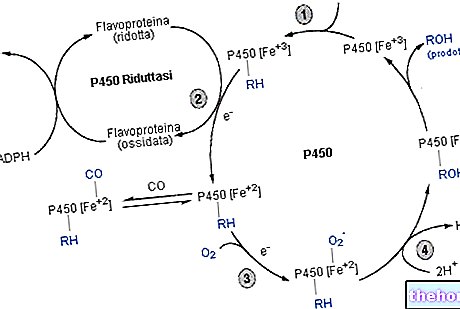
What is Trumenba - Group B anti-meningococcal vaccine and what is it used for?
Trumenba is a vaccine used to protect people aged 10 years and older from invasive meningococcal disease caused by a group of bacteria called Neisseria meningitidis group B.
Invasive disease occurs when these bacteria spread through the body causing severe infections such as meningitis (infection of the membranes that line the brain and spinal cord) and septicemia (blood infection).
How is Trumenba used - Group B meningococcal vaccine?
Trumenba can only be obtained with a prescription and should be used according to official recommendations. It comes in a pre-filled syringe and is given by injection into a muscle, preferably into the shoulder. The initial treatment may involve 2 injections at least 6 months apart or 2 injections at least 1 month apart followed by a third injection at least 4 months after the last. greater risk of invasive meningococcal disease, the possibility of subsequently administering a "further booster dose should be considered.
How does Trumenba - Group B meningococcal vaccine work?
Vaccines work by "teaching" the immune system (the body's natural defenses) to defend itself against a disease. When the vaccine is given to a person, the immune system recognizes the parts of the bacterium contained in the vaccine as "foreign" and produces antibodies. When the person is subsequently exposed to the bacterium, these antibodies together with other components of the immune system will be able to kill the bacteria and help protect against disease.
Trumenba contains two components, proteins found on the outer layers of Neisseria meningitidis group B bacteria. These proteins are fixed on an aluminum-containing compound (adsorbed), which helps to stabilize them, allowing the immune system to respond to them.
What benefit has Trumenba - Group B meningococcal vaccine shown during the studies?
Trumenba has been shown in two main studies to stimulate the production of protective levels of antibodies against Neisseria meningitidis group B. The first study involved approximately 3,600 participants between the ages of 10 and 18, while the second study involved approximately 3 "300 young adults between 18 and 25 years of age; none of the participants had previously been vaccinated against N. meningitidis group B. Participants were given 3 doses of the vaccine and the antibody response against 4 main experimental strains of bacteria (those usually responsible for the disease in Europe) was detected one month after the "last injection. The studies also looked at the response to 10 other secondary strains of N. meningitidis group B.
In the first study, antibodies were produced in sufficient quantities to guarantee protection against the 4 main experimental strains in "80-90"% of cases, depending on the strain; "84"% of those given the vaccine had protective antibodies against all 4 strains when tested. In the second study, sufficient amounts of antibodies were produced in 79-90 "% of cases and protective levels of antibodies against all 4 strains were observed in 85% of the participants. Antibody responses against the 10 secondary strains were also observed and the responses observed with the 4 main strains were confirmed.
Supportive studies were also conducted, which demonstrated that 2 doses of the vaccine achieved an antibody response substantially similar to that obtained at 3 doses and that protective antibody levels, although decreased over time, could be improved by a "further dose. booster after both 2 and 3 dose treatments.
What are the risks associated with Trumenba - Group B meningococcal vaccine?
The most common side effects with Trumenba (which may affect more than 1 in 10 people) are pain, redness or swelling at the injection site, headache, tiredness, chills, diarrhea, nausea (feeling sick) and muscle or joint pain.
For the full list of side effects and limitations of Trumenba, see the package leaflet.
Why has Trumenba - Group B Meningococcal Vaccine been approved?
Available data indicated that Trumenba is expected to provide broad protection against Neisseria meningitidis group B strains currently detected in Europe, administered in both a 3-dose and a 2-dose regimen. Given that the protection afforded would appear to decrease over time, a booster dose should be considered in recipients deemed to be at constant risk of invasive meningococcal disease. Although side effects were common, they were within acceptable limits. Further ongoing or planned studies should provide more information on the effectiveness of Trumenba.
The Agency's Committee for Medicinal Products for Human Use (CHMP) concluded that, based on the available data, Trumenba's benefits are greater than its risks and recommended that it be approved for use in the EU.
What measures are being taken to ensure the safe and effective use of Trumenba - Group B meningococcal vaccine?
The recommendations and precautions that healthcare professionals and patients need to observe in order for Trumenba to be used safely and effectively have been set out in the summary of product characteristics and package leaflet.
Other information about Trumenba - Group B meningococcal vaccine
For the complete version of the EPAR and the summary of the Trumenba risk management plan, consult the Agency's website: ema.europa.eu/Find medicine / Human medicines / European public assessment reports. For more information about Trumenba therapy, read the package leaflet (included with the EPAR) or contact your doctor or pharmacist.
The information on Trumenba - Group B meningococcal vaccine published on this page may be out of date or incomplete. For a correct use of this information, see the Disclaimer and useful information page.




























